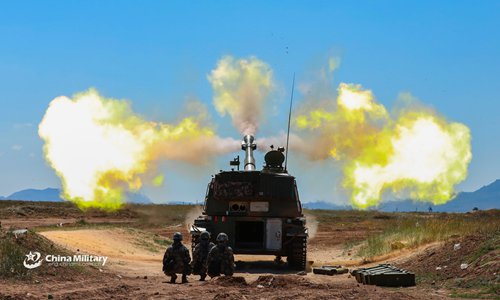by78
General
An posted on the Chinese Military procurement website mentions a tender for a 'magnetized ion-plasma cannon' concept demonstration system (磁化等离子体火炮原理试验测试系统). This isn't a science-fiction particle beam weapon. Rather, it's a new type of projectile-firing system that replaces conventional chemical propellant with magnetized plasma.
A Chinese for such a gun was registered back in 2015. Here's a of the patent.
Here's a Google translation of the patent's abstract (emphasis added):
A Chinese for such a gun was registered back in 2015. Here's a of the patent.
Here's a Google translation of the patent's abstract (emphasis added):
The invention discloses a magnetized plasma gun, the inside of the barrel of the gun is provided with a magnetic field, the direction of the magnetic field is directed to the muzzle along the axis of the barrel, and the magnetic field strength is from the inner wall of the barrel to the axis of the tube In an attenuated distribution, the gas in the barrel under the action of the magnetic field can be ionized into a plasma and a plasma sheath is formed on the inner wall of the barrel. The magnetized plasma sheath formed on the inner wall of the body tube of the magnetized plasma gun of the present invention exhibits pressure anisotropy characteristics and has heat insulation function, so that the radial force of the gun barrel can be greatly reduced, and the driving force of the projectile is greatly improved, and the heat resistance of the body tube is greatly improved, and the service life is prolonged.

